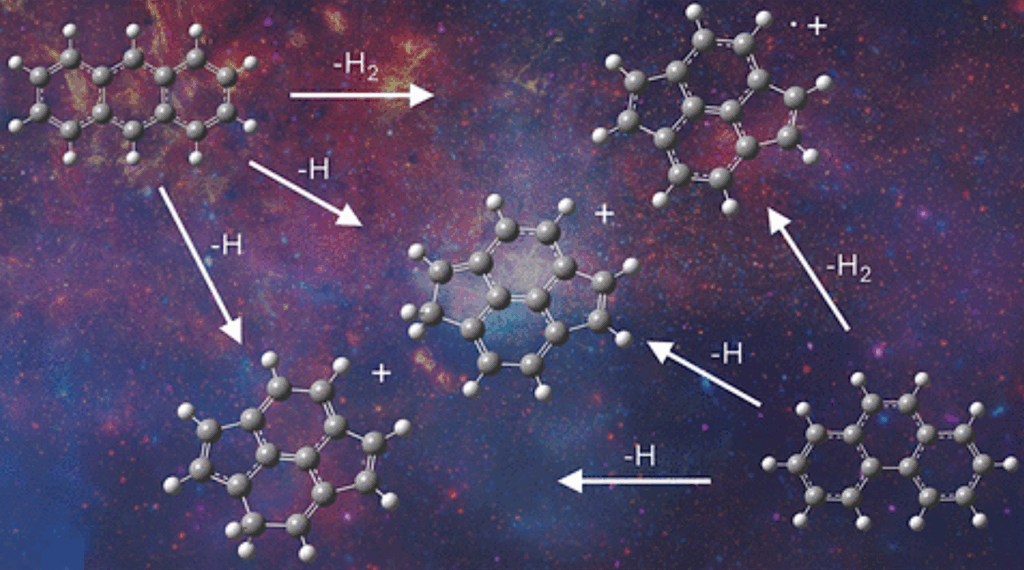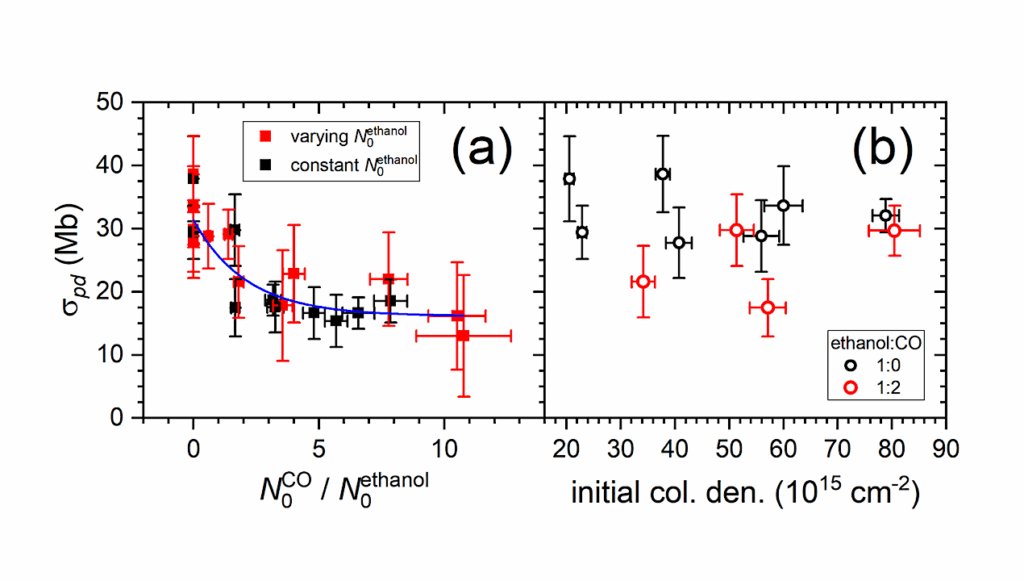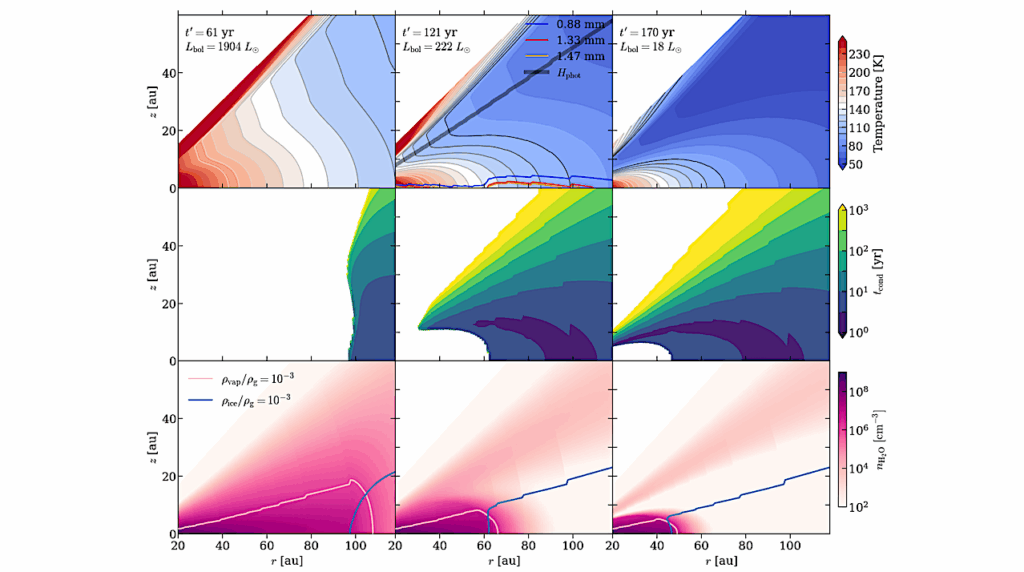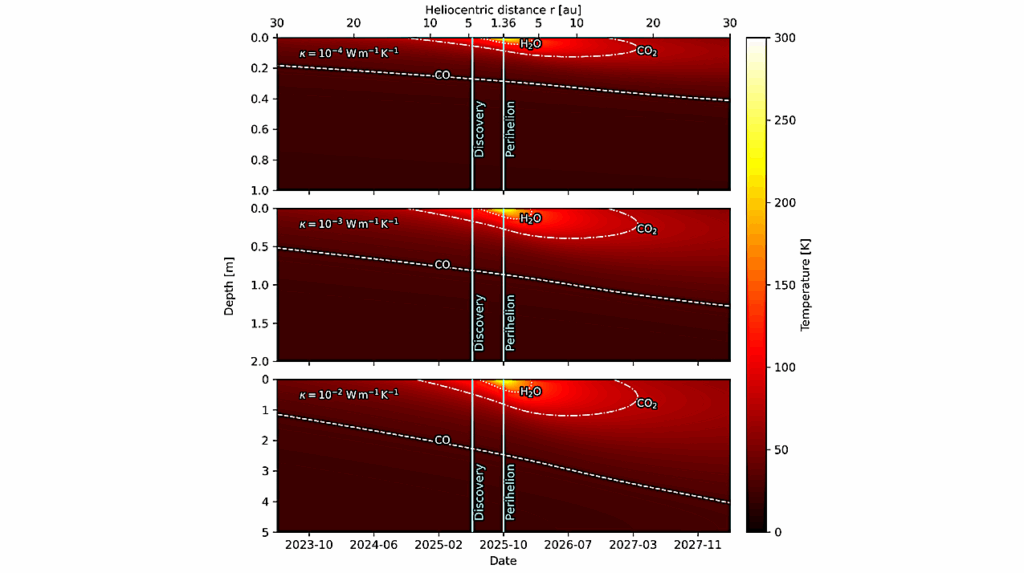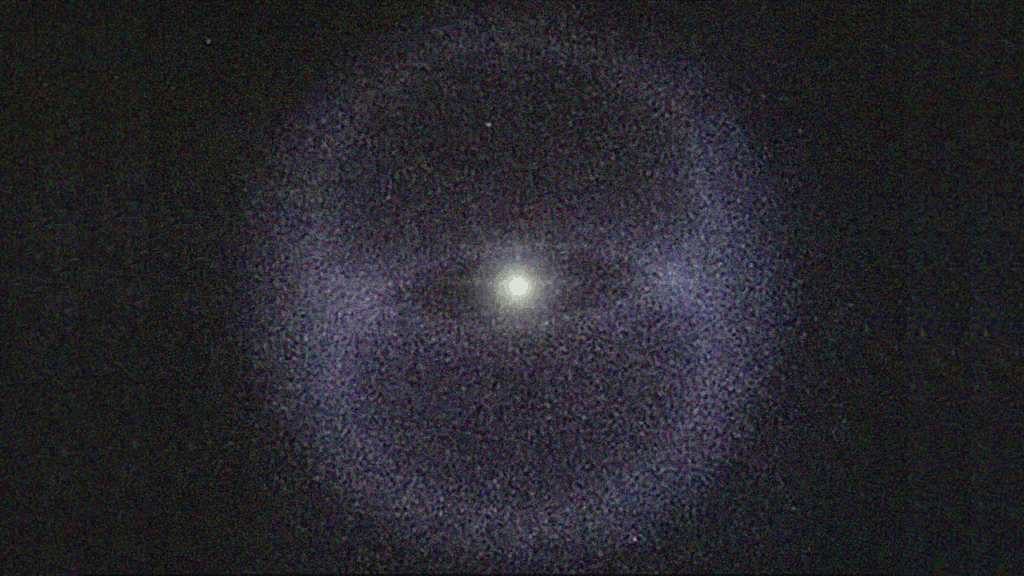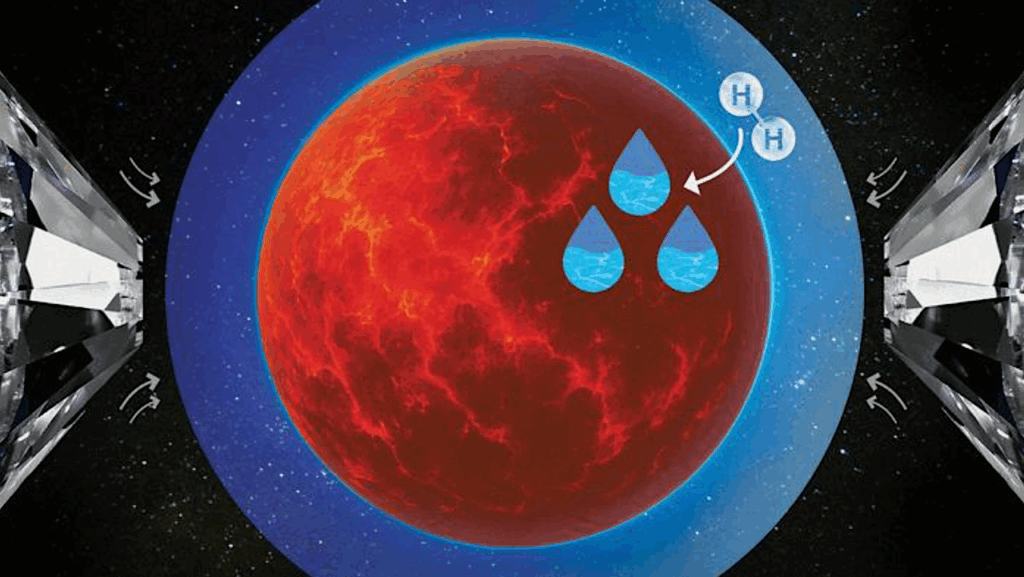H2-H2O Demixing In Uranus And Neptune: Adiabatic Structure Models

Demixing properties of planetary major constituents influence the interior structure and evolution of planets. Comparing experimental and computational data on the miscibility of hydrogen and water to adiabatic profiles suggests phase separation between these components occurs in the ice giants Uranus and Neptune.
We aim to predict the atmospheric water abundance and transition pressure between the water-poor outer envelope and the water-rich deep interior in Uranus and Neptune. We construct seven H2-H2O phase diagrams from the available experimental and computational data.
We compute interior adiabatic structure models and compare these to the phase diagrams to infer whether demixing is occurring. We obtain a strong water depletion in the top layer due to rain-out of water and find upper limits on the atmospheric water mass fraction Z_atm of 0.21 for Uranus and 0.16 for Neptune.
The transition from the water-poor to the water-rich layer is sharp and occurs at pressures P_Z between 4 and 11 GPa. Using these constraints on Z_atm and P_Z, we find that the observed gravitational harmonics J2 and J4 can be reproduced if P_Z > 10 GPa in Uranus and > 5 GPa in Neptune, and if the deep interior has a high primordial water mass fraction of 0.8, unless rocks are also present.
The agreement with J4 is improved if rocks are confined deeper than P_Z, for instance below a rock cloud level at 2000 K (20-30 GPa). These findings confirm classical few-layer models and suggest that a layered structure may result from a combination of primordial mass accretion and subsequent phase separation.
Reduced observational uncertainty in J4 and its dynamic contribution, atmospheric water abundance measurements from an Orbiter with a Probe mission to Uranus (UOP) or Neptune, and better understanding of the mixing behaviour of constituents are needed to constrain the interiors of ice giants.
Marina Cano Amoros, Nadine Nettelmann, Nicola Tosi, Philipp Baumeister, Heike Rauer
Comments: Accepted for publication in Astronomy and Astrophysics
Subjects: Earth and Planetary Astrophysics (astro-ph.EP)
Cite as: arXiv:2410.21099 [astro-ph.EP] (or arXiv:2410.21099v1 [astro-ph.EP] for this version)
https://doi.org/10.48550/arXiv.2410.21099
Focus to learn more
Submission history
From: Marina Cano Amoros
[v1] Mon, 28 Oct 2024 15:04:08 UTC (567 KB)
https://arxiv.org/abs/2410.21099
Astrobiology


